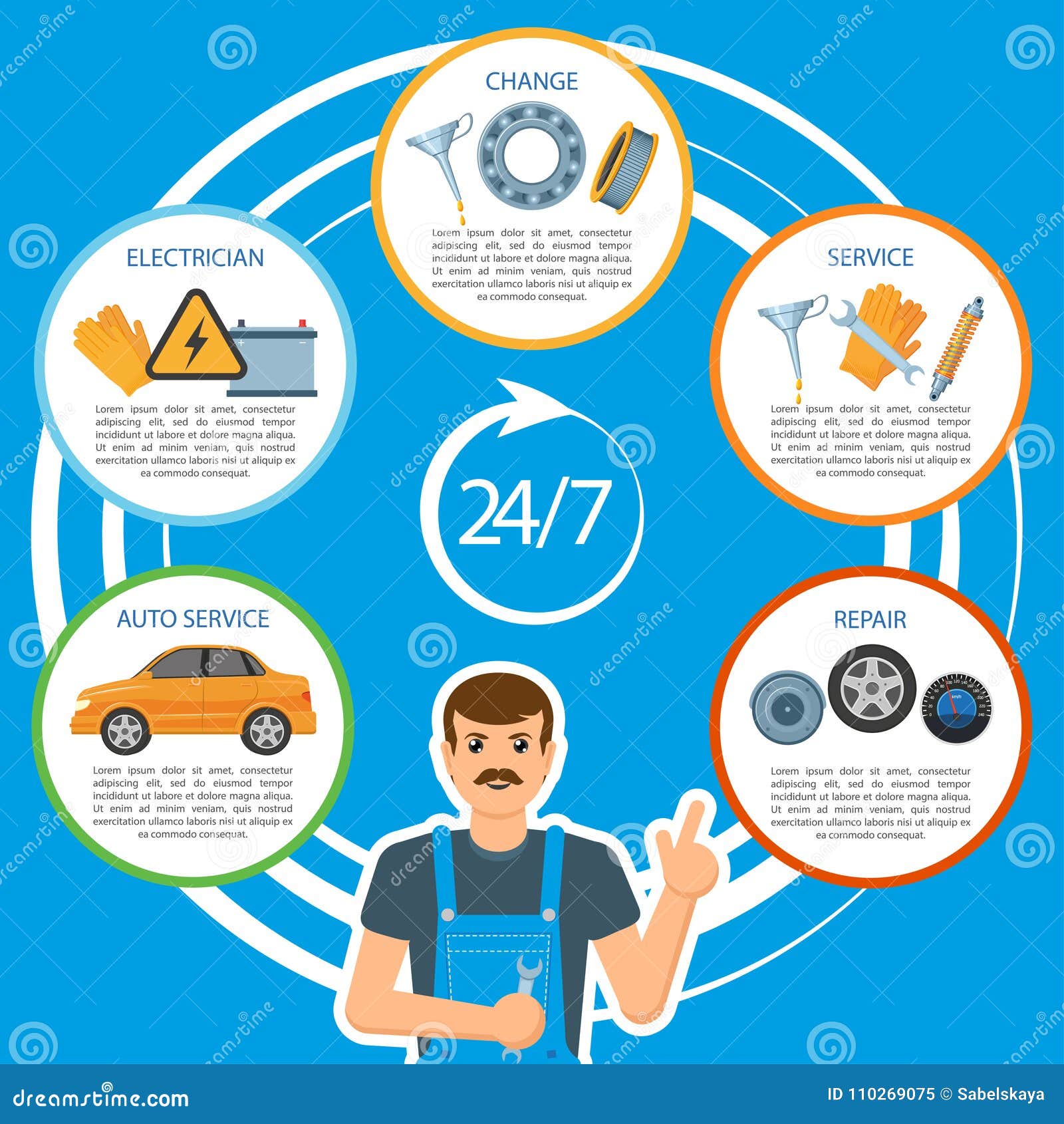Comprehending The Definition Behind Your Car'S Warning Lights: An Extensive Look
Comprehending The Definition Behind Your Car'S Warning Lights: An Extensive Look
Blog Article
Web Content Created By-Lauritsen Dalgaard
When you're behind the wheel, those glowing caution lights on your dashboard can be a little bit complicated. Do you know what they're attempting to tell you about your vehicle's health? Comprehending the relevance of these lights is vital for your security and the long life of your automobile. So, the next time among those lights turns up, would not you wish to understand its message properly and take the needed steps to address it?
Common Caution Lights and Interpretations
Recognize typical warning lights in your automobile and comprehend their definitions to guarantee secure driving.
The most common caution lights consist of the check engine light, which signifies issues with the engine or emissions system. If this light begins, it's crucial to have your car inspected immediately.
The oil stress advising light indicates reduced oil pressure, requiring immediate focus to prevent engine damage.
web page blinking battery light could recommend a faulty billing system, potentially leaving you stranded otherwise addressed.
car detailer tracking system (TPMS) light alerts you to low tire pressure, influencing car stability and fuel efficiency. Neglecting this can cause harmful driving problems.
The abdominal light suggests a problem with the anti-lock braking system, compromising your capability to quit rapidly in emergency situations.
Finally, the coolant temperature level advising light warns of engine overheating, which can cause severe damages otherwise resolved promptly.
Recognizing detailing automobiles will certainly aid you deal with issues promptly and preserve secure driving problems.
Value of Prompt Focus
Understanding the usual warning lights in your car is just the primary step; the significance of quickly resolving these warnings can not be emphasized sufficient to ensure your security when traveling.
When a caution light illuminates on your control panel, it's your car's way of connecting a possible issue that needs attention. Neglecting these cautions can result in more serious problems later on, compromising your safety and security and potentially costing you more out of commission.
Prompt attention to warning lights can stop malfunctions and accidents. For instance, a blinking check engine light might show a misfire that, if left unattended, could trigger damages to the catalytic converter. Addressing this without delay can save you from a costly fixing.
In a similar way, a brake system warning light could signify low brake liquid or worn brake pads, crucial elements for your safety when driving.
Do It Yourself Troubleshooting Tips
If you observe a warning light on your dashboard, there are a few DIY fixing tips you can attempt prior to seeking professional assistance.
The initial step is to consult your cars and truck's guidebook to understand what the particular warning light indicates. Sometimes the problem can be as simple as a loosened gas cap setting off the check engine light. Tightening up the gas cap might settle the problem.
An additional typical problem is a low battery, which can trigger different cautioning lights. Examining https://andyjfaup.digitollblog.com/31918570/mobile-car-explaining-convenience-fulfills-high-quality-for-your-car for deterioration and ensuring they're secure might repair the issue.
If a caution light lingers, you can try resetting it by separating the vehicle's battery for a couple of minutes and then reconnecting it. In addition, examining your lorry's liquid degrees, such as oil, coolant, and brake fluid, can help repair cautioning lights related to these systems.
Final thought
In conclusion, comprehending your vehicle's caution lights is crucial for maintaining your car running efficiently and safely. By immediately dealing with these notifies and recognizing what they indicate, you can avoid expensive repair services and possible malfunctions.
Keep in mind to consult your car's guidebook for particular details on each warning light and act appropriately to make sure a trouble-free driving experience.
Stay informed, stay risk-free when driving!
